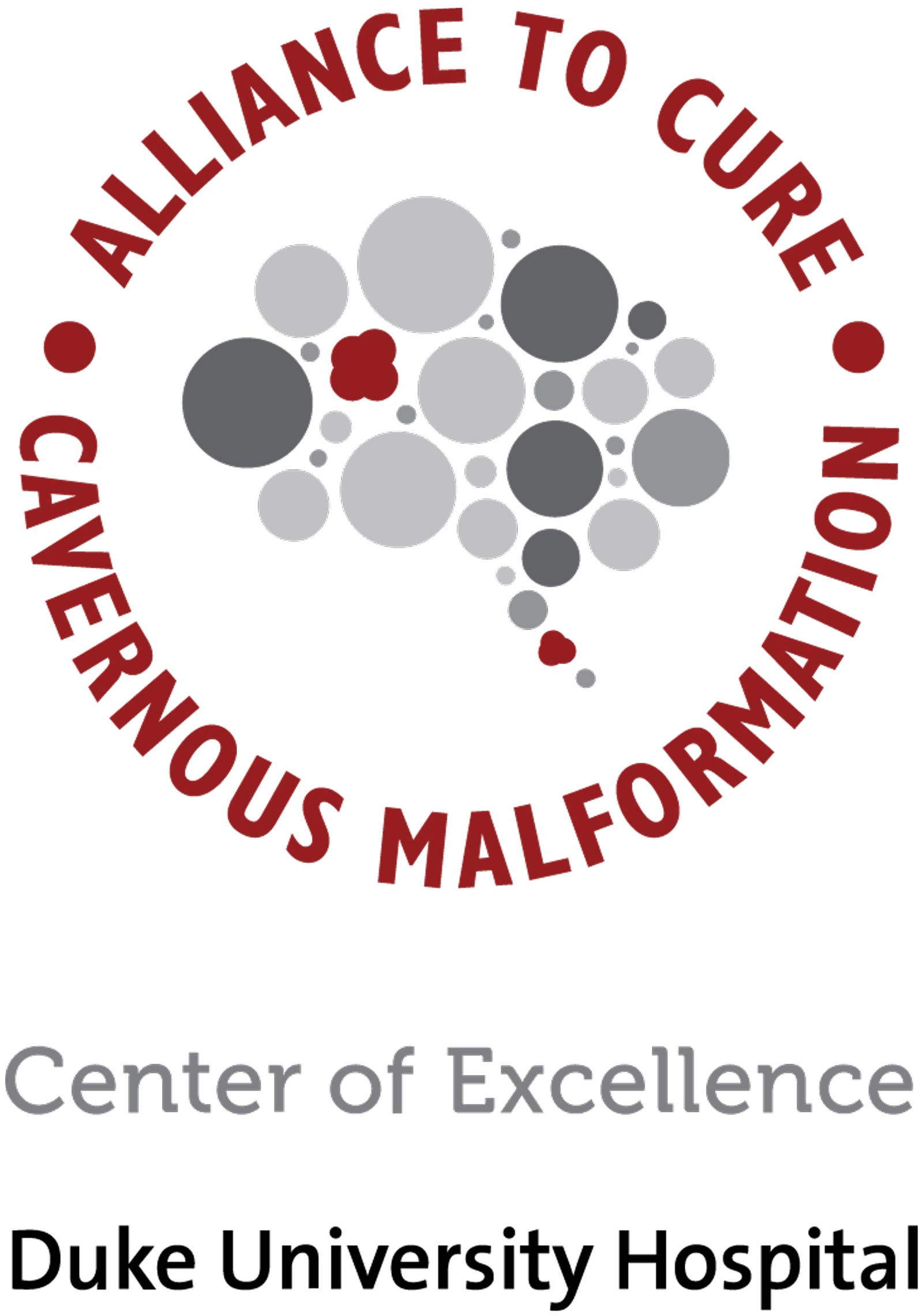Nonsurgical Treatments for Cavernomas
Your doctors will recommend a treatment plan based on the number of cavernomas you have, their size, their location, and other factors.
Watchful Waiting
Your doctor may advise that your best course of action is to closely monitor your cavernoma with regular imaging studies.
Medications
Medicines can help treat symptoms like seizures and headaches. Duke is involved in research studying medications that could help strengthen the affected blood vessels and stop cavernomas from forming.
Surgical and Noninvasive Options for Cavernomas
In general, your doctors may recommend surgery if you’re experiencing symptoms and if your cavernoma is unstable or has already hemorrhaged. For example, surgery may be recommended if you have epilepsy caused by a cavernous malformation. We offer the full range of surgical treatment options, including:
Craniotomy
This option is the most invasive, but it is also the most effective. During the procedure, a small portion of bone is removed to create a temporary opening in the skull. After your surgeon removes the cavernoma, the bone segment is replaced.
Stereotactic Laser Ablation / Laser Interstitial Thermal Therapy (LITT)
During this minimally invasive surgery, doctors use a small laser to destroy the cavernoma through a tiny incision in the skull. Because the opening is much smaller than in a craniotomy, there is less risk for complications and a shorter recovery time. This therapy is only recommended for select patients because it still under investigation.
Stereotactic Radiosurgery
Also known as gamma knife, this noninvasive radiation therapy may be an option for people whose cavernoma is difficult to reach using other methods. While it does not remove or destroy the cavernoma, it can help stabilize it by delivering high doses of radiation without opening the skull. Stereotactic radiosurgery is not recommended for people with the familial form of this disease, because radiation has been tied to cavernoma formation.



